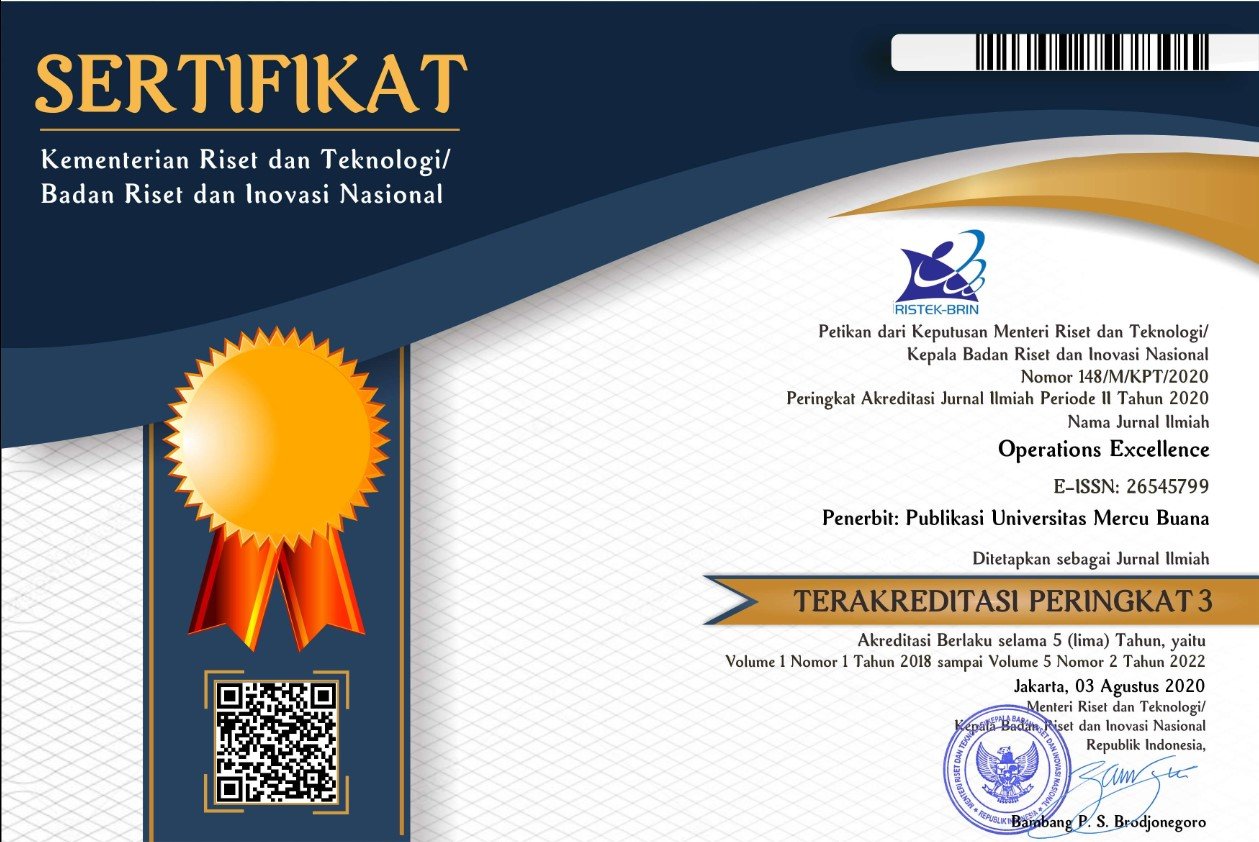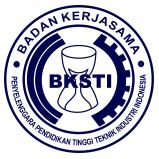Analysis on The Mental Workload of Female Lecturers During The Covid-19 Pandemic
Abstract
The coronavirus (Covid-19) pandemic continues to create significant effect than initially predicted. In addition, the virus spread showed rapid increment, since March 2020, leading to several impacts on human lives, e.g., education. Furthermore, various government policies, including social distance greatly influences teaching and learning activities, both in high schools and universities. As a consequence, conventional face-to-face learning model was temporarily suspended. This implies the need to engage online education. Prior to the outbreak, the mental workload of lecturers was relatively intense, comprising the three basic pillars of higher education (Tridharma), termed education, research and community service, as well as other additional tasks, including final year project supervisions and hold structural position. During the pandemic, mental workload considerably increased considerably as most lecturers, particularly the females also served as home teachers. Therefore the purpose of this research is to analyze the mental workload of female lecturers during the Covid-19 pandemic in Indonesia. Questionaire is used to measure mental workload taken from the National Aeronautics and Space Administration-Task-Load Index (NASA-TLX). Furthermore, the survey is applied to evaluate job demands. The results showed that teaching, research and housewive role influence the mental workload as an aspect with the maximum score. In comparison, a maximum score of 29% on the mental demand aspect generates a physical demand aspect of 27%.
Keywords
Full Text:
PDFReferences
Adiatmika, I., Manuaba, A., Adiputra, N., & Sutjana, D. (2007). Perbaikan Kondisi Kerja Dengan Pendekatan Ergonomi Total Menurunkan Keluhan Muskuloskeletal Dan Kelelahan Serta Meningkatkan Produktivitas Dan Penghasilan Perajin Pengecatan Logam Di Kediri-Tabanan. Indonesian Journal of Biomedical Sciences, 1(3), 1–12
Akbar, M. A., Ramdhani, R. F., & Nuraeni, S. (2021). Analisis Beban Kerja Fisiologis dan Psikologis Menggunakan Metode Cardiovascular Load dan NASA TLX di PJT II Jatiluhur. Operations Excellence: Journal of Applied Industrial Engineering, 13(1), 139. https://doi.org/10.22441/oe.2020.v13.i1.014
Alaimo, A., Esposito, A., Orlando, C., & Simoncini, A. (2020). Aircraft pilots workload analysis: Heart rate variability objective measures and NASA-Task Load Index subjective evaluation. Aerospace, 7(9), 1–17. https://doi.org/10.3390/AEROSPACE7090137
Asih, I., Setiawan, I., Hernadewita, H., & Hendra, H. (2022). Effects of ergonomics intervention on work accidents in the construction sector and their effect on productivity. Jurnal Sistem Dan Manajemen Industr, 6(1), 45–55. https://doi.org/http://dx.doi.org/10.30656/jsmi.v6i1.4242
Bhandary, S., Lipps, J., SR., W., Abdel-Rasoul, M., Stoicea, N., Pappada, S., & Papadimos, T. (2016). NASA Task Load Index Scale to Evaluate the Cognitive Workload during Cardiac Anesthesia Based Simulation Scenarios. International Journal of Anesthesiology & Research, 4(8), 300–304. https://doi.org/10.19070/2332-2780-1600063
Dewi, K., Suryani, & Yamin, A. (2019). Mental workloads of lectures. Journal of Nursing Care, 2(3), 167–177. https://doi.org/10.24198/jnc.v2i3.19013
Febiyani, A., Febriani, A., & Ma’sum, J. (2021). Calculation of mental load from e-learning student with NASA TLX and SOFI method. Jurnal Sistem Dan Manajemen Industri, 5(1), 35–42. https://doi.org/10.30656/jsmi.v5i1.2789
Ferianto, G., madi, A., Suharyo, O. S., & Susanto, A. D. (2018). Analysis of Workload Soldier Warship Unit Ship Fast Koarmatim Using Nasa TLX Methods (Task Load Index). International Journal of Humanities and Social Science, 5(4), 31–36. https://doi.org/10.14445/23942703/ijhss-v5i4p107
Gao, H., Hu, R., Yin, L., Yuan, X., Tang, H., Luo, L., Chen, M., Huang, D., Wang, Y., Yu, A., & Jiang, Z. (2020). Knowledge, attitudes and practices of the Chinese public with respect to coronavirus disease (COVID-19): an online cross-sectional survey. BMC Public Health, 20(1), 1–8. https://doi.org/10.1186/s12889-020-09961-2
Iridiastadi, H., & Yassierli. (2014). Ergonomi Suatu Pengantar (1st ed.). PT. Remaja Rosdakarya.
Junaedi, D., Rizkiyah, N. D., & Pratya, D. B. (2020). Determination of the Optimal Number of Workers Usingthe NASA-TLX Method in Chemical Company, Indonesia. International Journal of Engineering Research and Advanced Technology, 6(7), 51–56. https://doi.org/10.31695/ijerat.2020.3627
Restuputri, D. P., Huda, M. C., & Mubin, A. (2021). Work Safety Aspects using A Partipatory Ergonomic Approach. Spektrum Industri, 19(1), 15–28. https://doi.org/doi.org/10.12928/si.v19i1.18112 15
Safitri, A. (2020). Pemetaan dan Rancangan Intervensi Untuk Beban Kerja Mental Overload pada Dosen IAIN Palangka Raya. Irsyad : Jurnal Bimbingan, Penyuluhan, Konseling, Dan Psikoterapi Islam, 8(3), 221–234. https://doi.org/10.15575/irsyad.v8i3.2043
Said, S., Gozdzik, M., Roche, T. R., Braun, J., Rössler, J., Kaserer, A., Spahn, D. R., Nöthiger, C. B., & Tscholl, D. W. (2020). Validation of the raw national aeronautics and space administration task load index (NASA-TLX) questionnaire to assess perceived workload in patient monitoring tasks: Pooled analysis study using mixed models. Journal of Medical Internet Research, 22(9), 1–13. https://doi.org/10.2196/19472
Setianingrum, A. Y., Nina, E., & Yuliani, S. (2018). Measurement of Student ’ s Mental Workload in Politechnic using Nasa-Tlx. Journal of Scientific and Engineering Research, 5(12), 289–296.
Widana, I. K., Sumetri, N. W., & Ketut Sutapa, I. (2018). Ergonomic Work Station Design to Improve Workload Quality and Productivity of the Craffsmen. Journal of Physics: Conference Series, 953, 1–8. https://doi.org/10.1088/1742-6596/953/1/012091
Yuliani, E. N. S., & Tambunan, E. B. M. (2018). Reduce workload of security officers using NASA-LTX, SOFI, Heart Rate and Energy Expenditure Method. IOP Conference Series: Materials Science and Engineering, 453, 1–8. https://doi.org/10.1088/1757-899X/453/1/012065
DOI: http://dx.doi.org/10.22441/oe.2022.v14.i2.049
Refbacks
- There are currently no refbacks.
Copyright (c) 2022 Operations Excellence: Journal of Applied Industrial Engineering

This work is licensed under a Creative Commons Attribution-ShareAlike 4.0 International License.
Journal ISSN:
| Print ISSN: 2085-4293 | |
| Online ISSN: 2654-5799 |
Tim Editorial Office
Operations Excellence: Journal of Applied Industrial Engineering
Magister Teknik Industri Universitas Mercu Buana
Jl. Raya Meruya Selatan No. 1 Kembangan Jakarta Barat
Email: [[email protected]]
Website: http://publikasi.mercubuana.ac.id/index.php/oe
Journal DOI: 10.22441/oe
The Journal is Indexed and Journal List Title by:

.png)
.png)
.png)


Operations Excellence: Journal of Applied Industrial Engineering is licensed under a Creative Commons Attribution-NonCommercial-ShareAlike 4.0 International License.











